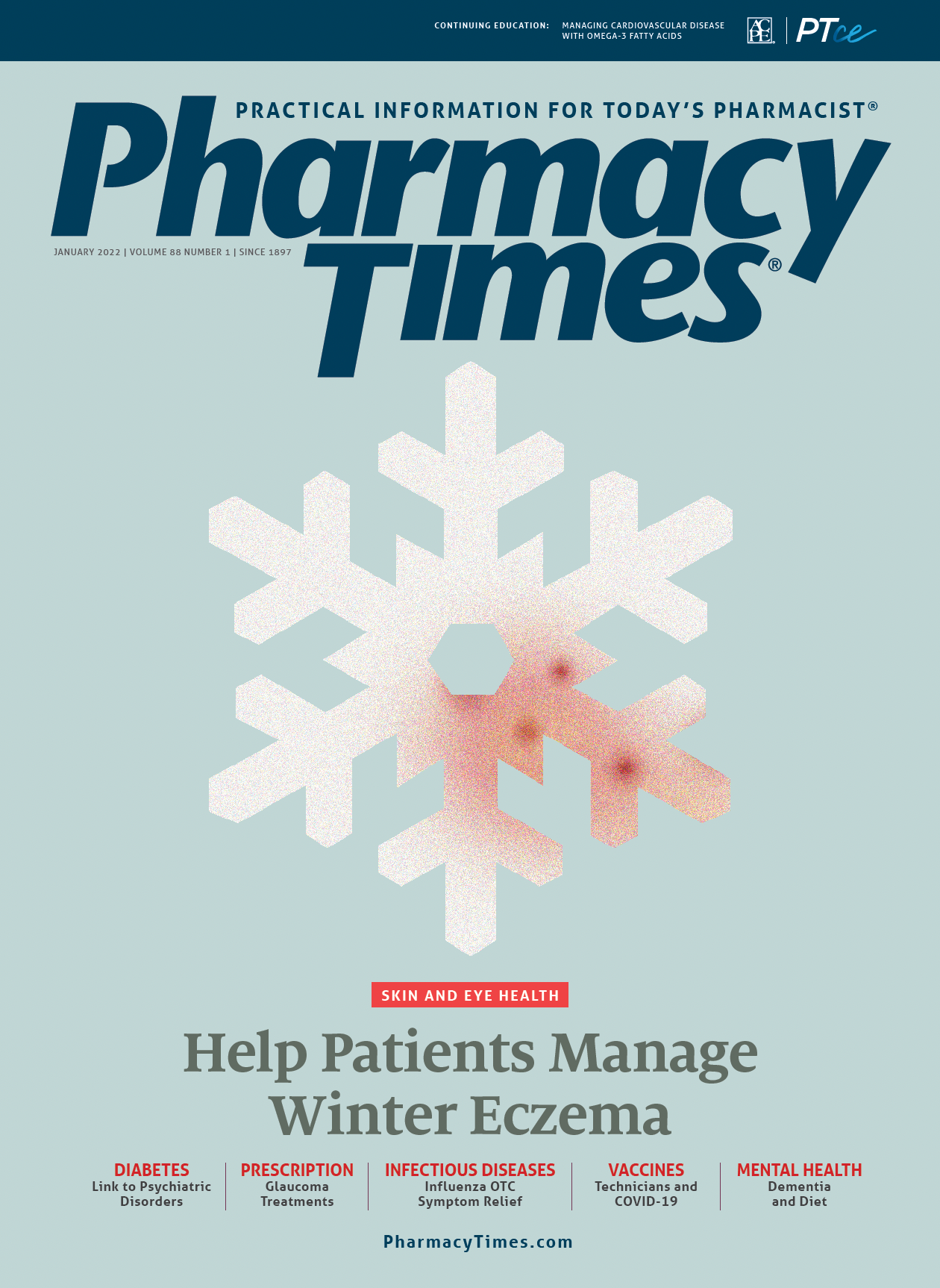Publication
Article
Pharmacy Times
DEA Proposes Transfer Rules for e-Prescribed Controlled Substances
Author(s):
Agency aims to allow electronic prescriptions for schedule II to V drugs between registered retail pharmacies on 1-time basis for initial fill.
The US Drug Enforcement Administration (DEA) has issued a notice of proposed rulemaking to address the transfer of electronically prescribed controlled substances. The goal is to amend existing rules that do not permit the transfer of prescriptions between pharmacies for the initial fill of a prescription for a controlled substance. The amendment would allow transfer of an electronic prescription for Schedule II to V drugs between DEA-registered retail pharmacies on a 1-time basis for an initial fill.
Under current rules, the DEA does not have developed markers for the transfer of either electronic or paper prescriptions on an initial fill. DEA regulatory guidance previously made clear that unfilled prescriptions could not be transferred. Now the DEA has opted to change its position solely with respect to electronic prescriptions. Notably, the DEA is refusing to allow transfer of unfilled hard copy prescriptions. The reasons the DEA set forth in denying a one-time transfer of unfilled hard copy prescriptions is their portability and
the patient’s ability to be handed back the prescription by the pharmacist. However, unlike an unfilled hard copy prescription, an electronic prescription cannot be “handed” to patients so that they may take it to other pharmacy locations for fulfillment. For example, if a pharmacy receives an electronic prescription for controlled substances that it is unable to fill, it is not able to do anything more than inform the patient of this. The pharmacy is unable to hand the patient an electronic prescription back as it would be able to do with a hard copy. At that point, the patient must contact the physician again and try to have it electronically prescribed to another pharmacy. This scenario poses a very cumbersome process for patients, pharmacies, and prescribers.
As a result, the DEA is rethinking its position to allow prescriptions to be fulfilled without impeding patient care. The DEA has said many states have some form of electronic requirement for controlled substances, which was not historically the case. Clearly the increase in usage of electronic prescribing and technology advancements have driven the decision by the DEA to invoke the proposed rule.
The mechanics of the proposed rule impose requirements on the transferring pharmacist and the transferee pharmacist to remain compliant with the new transfer allowance. The therapeutic management of COVID-19 has evolved with the understanding of its clinical course of infection. At all times, the patient must request the transfer, the transfer must be communicated between 2 licensed pharmacists, and the prescription must remain in its electronic form.
Additionally, prescription contents must remain compliant with existing DEA requirements and may not be altered during the electronic transmission process from one pharmacy to the next. State law must also permit this activity, according to the DEA.
The transferring pharmacist must make sure the electronic prescription record is properly updated to note that the prescription was transferred. That pharmacist must also update information for the pharmacy to which the prescription is transferred: the name, address, and DEA registration number of the pharmacy to which the prescription was transferred; the name of the pharmacist receiving the prescription transfer; the name of the transferring pharmacist; and the transfer date.
Similarly, the transferee pharmacist must record the transferring pharmacy’s name, address, DEA registration number, transferring pharmacist name, transfer date, and name of the pharmacist receiving the transferred prescription. In keeping with other DEA requirements, the electronic transfer record must be kept for 2 years.
The DEA estimates annual savings from the transfer rule to be in the range of $22 million. The DEA provides a detailed assessment as to how it arrived at this figure based on calculating time savings of communications among patients, physicians, and prescribers concerning the reissuance of a new electronic prescription instead of having the ability to immediately undertake a one-time transfer of the electronic prescription. Members of the public may comment on the rule until January 18, 2022.
Reference
Transfer of electronic prescriptions for schedules II-V controlled substances between pharmacies for initial
filling. Federal Register. November 19, 2021. Accessed December 15, 2021. https://www.federalregister.gov/documents/2021/11/19/2021-24981/transfer-of-electronic-prescriptions-for-schedules-ii-v-controlled-substances-between-pharmacies-for


FDA Approves Dupilumab, Marking First Targeted Therapy in a Decade for Chronic Spontaneous Urticaria





